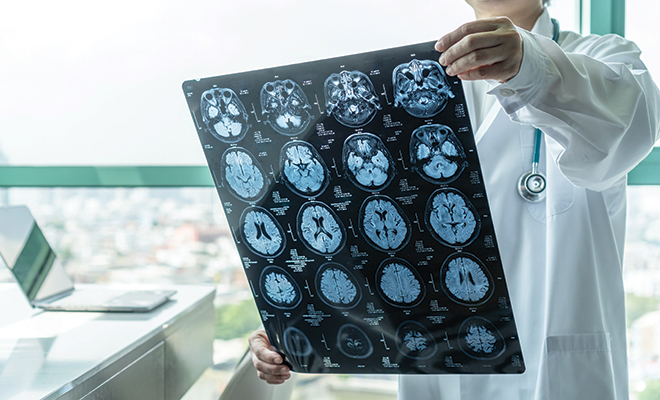
Stroke Awareness Month: Getting the Pulse on New Technology
The World Health Organization says someone experiences a stroke every two seconds around the world. Annually, stroke takes 6 million lives; and the majority of survivors are left to deal with life-long debilitating side effects.
A stroke occurs when the flow of oxygen-rich blood to a portion of the brain is blocked. Without oxygen, brain cells start to die after just a few minutes. Sudden bleeding in the brain also can cause a stroke if it damages brain cells. Since medical help is most important within the first few hours after a stroke, the faster the affected person gets adequate medical attention, the better their chances of survival and recovery. Immediate treatment may minimize the long-term effects of a stroke and even prevent death.
Pulsara
Enter medical technology that coordinates seamless connection among members of an acute stroke care team, allowing them to respond faster and have access to more information as someone experiences a stroke. One major player in stroke medical attention is Pulsara, a company whose application allows nearby hospitals to connect, providing increased transparency of the patient’s condition and helping to streamline their care.
How does it work? When a medic identifies stroke, they can immediately transmit to the hospital the patient’s name and age, vital signs, ETA to the hospital and even share a secure photo of an electrocardiogram or facial droop. Because no information is stored on the user’s personal device, it is HIPAA compliant and secure.
William Evans, MD, PhD and ABPN board-certified neurologist and vascular neurologist in Ocean Springs, Mississippi, says that before the Pulsara app, the treatment of stroke could be more drawn out. and drawn out. “Prior to Pulsara, a page or a phone call would be required to notify that certain steps were completed. Now, once the CT scan is complete, we can review it and often start a treatment decision as the patient is being brought back to the emergency room.”
With technology such as Pulsara, not only are photos utilized to speed the process of treating the patient, but with just a touch of a button, videos and even live streaming of interaction with the patient can be shared among team members. “So, the emergency responder team can actually activate the Pulsara app while in route to alert the ER of an incoming stroke patient,” notes Dr. Evans. “Not only that, but the notification would also go to the neurologist, radiologist and other clinicians, saving valuable time for the patient.”
Medical professionals are continually searching for ways to treat stroke patients as quickly as possible, since every minute of lost blood supply renders more brain damage. With pre-hospital evaluation using telestroke or other technology, clinicians can provide a faster and more affordable way to treat patients as well as quickly direct them to the centers capable of performing the procedures that will serve their needs best.
New Technology Detecting Stroke
On average, a person unlocks their phone 120 times a day. By using the facial recognition feature on a smartphone, Cheil Hong Kong and the Hong Kong Stroke Association have developed an application that can help detect early signs of stroke, often unrecognizable by the naked eye. The app, known as Fatal Recognition, can detect the minute changes in a person’s facial features that signal a stroke. If necessary, it will alert the user to call emergency services and notify an emergency contact. Though face drooping is one of the most common signs of a stroke, it is not always immediately identified due to the varying severity of each case. This delays the required medical attention and could potentially be fatal. With Fatal Recognition, every time a user scans to unlock, a computer algorithm will detect early warning signs.
Changing the Way Stroke Victims Recover
With new technology in apps, patients have more help than ever regaining abilities after their stroke. While most experts agree that daily therapy is best for stroke victims, it can be financially overwhelming to work with a therapist on a daily basis. An app on a smartphone or tablet can now help patients regain the ability to speak, complete video chats with doctors, increase movement and function by playing interactive video games and even help manage diabetes. Since apps are becoming more and more accessible, it’s not hard to find one or more that can be customized to a recovering patient’s needs.
Stroke is frightening and extremely time sensitive. It alters lives and can have a lifetime effect on victims and their loved ones. But by starting treatment and recovery as early and thoroughly as possible, the chances of an easier entry back to normal life increases. With increased technology and support, stroke doesn’t have to stop anyone from doing what they want to do and leading a full life. ■
Sources: heart.org, brandinginasia.com, technews.mobi and flintrehab.com.







